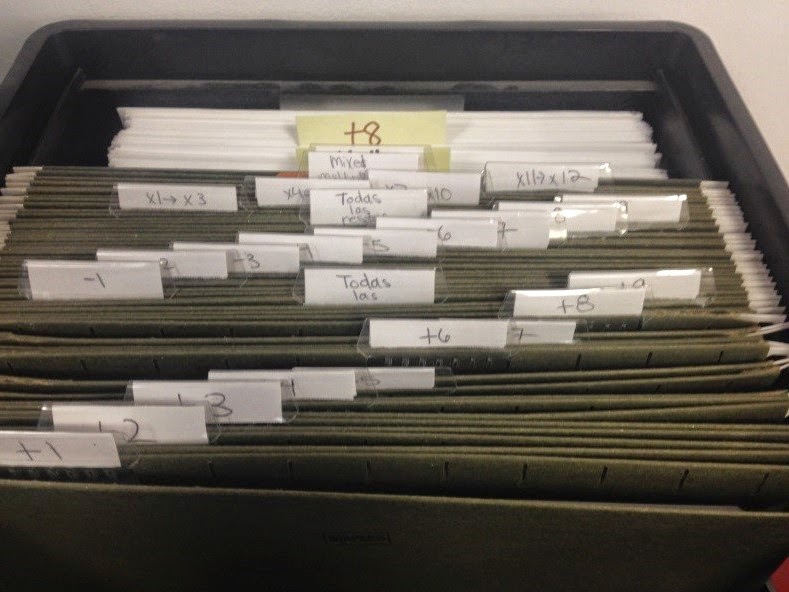If you ask middle school math teachers one thing they wish their students knew from elementary school, almost all of them will say math fact fluency. It is challenging to balance teaching conceptual math and building fact fluency, but there are lots of fun ways to practice and build automaticity with math facts.
Last week at our Math Instructional Leader's meeting, Ms. G at KACD shared her awesome Math Race routine.
See below for the details from Ms. G :)
Math
Races
Materials:
·
Flashcards
o
+1 through + 9, -1 through -9, x 1
through x 12
·
Tests (www.math-drills.com;
single addition/subtraction/multiplication facts arranged horizontally) *cut in half vertically so each sheet has 2
columns of facts for students
o
+1 through + 9, mixed addition, -1
through -9, mixed subtraction, x 1 through x 12, mixed multiplication
·
Tracker
·
Timer
Routine:
·
Call each level at a time
·
Students walk to pick up their tests
FACE DOWN
·
Students put their paper on their desk
FACE DOWN
·
Students write their name on the back
·
Students sit in STAR (cannot touch
their paper or pencil)
·
Once all students have a test and are
sitting in STAR, put 3 minutes on
the timer
·
Say “start!” – students should start
right away
·
Once the timer goes off, pencils
should go down immediately and papers should be put in the middle
Grading:
·
Students must fill the entire sheet
and only have 5 free. That means, they can leave 5 blank or get 5 wrong. If
it’s more than 5, they didn't pass.
·
If a student passes, celebrate with 3
snaps. If a student doesn't pass, send them positive/good try vibes.
·
If a student passes, they should put a
sticker or a check on the track and swap their flashcards. If a student doesn't pass, they will try again next week!
Storing Flashcards
Storing Tests
Trackers
Thanks Ms. G for sharing your awesome routine with us!!


















